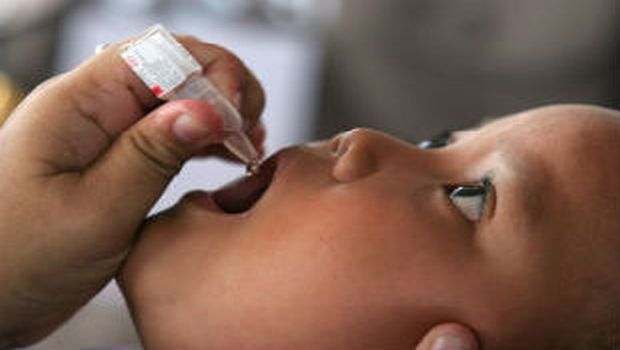Polio is No Longer Endemic in India


Wild poliovirus has not been found in India since Jan. 13, 2011 meaning that, from that date, India is no longer a country where polio is endemic. Three years of being polio free is a notable milestone for the country as a whole, but the success of the immunization and awareness campaign has had a wider impact with this achievement, it is hoped that soon the entire Southeast Asia region can be considered certifiably free from polio. A commission of experts will meet at the World Health Organization (WHO) offices at the end of March to analyze the data and determine the polio status for the region.
Historically, India has been the largest endemic reservoir of polio in the world, with between 50,000 to 100,000 paralytic polio cases occurring each year between 1978 and 1995. It has also been one of the main sources of polio importation for other countries. This achievement has been driven by the partnership between the government of India, international organizations, local NGOs and other institutions. An extraordinary mobilization of health workers was necessary to reach this point, particularly in the Uttar Pradesh and Bihar states. The outcome of this has been an improved vaccine delivery system, better trained health staff and high quality surveillance, monitoring and research mechanisms.
This does not mean that the virus cannot reemerge within any of the countries or the region. There is no room for complacency with ongoing polio vaccination work. High immunity levels must continue in order to protect those in the region and as newer, more comprehensive interventions are developed, these too need to be rolled out. Furthermore, while no new cases of wild polio have been recorded recently, the disease in different forms can be brought in to the region via those who have contracted it in other parts of the world and then travel to Southeast Asia.
Â
Poliovirus is transmitted mainly from person-to-person through the fecal-oral route and on average, depending on the serotype (poliovirus type 1, 2 or 3), a single case of paralytic polio represents 200 to 1,000 silent infections surrounding the case.
The work to date on the eradication of polio from the Southeast Asia region is the culmination of a long standing partnership between the World Health Organization (WHO) and donors such as Rotary International, Centers for Disease Control and Prevention (CDC), UNICEF, the Bill and Melinda Gates Foundation and USAID.
Source: WHO
“Ongoing Assault”: How HHS Layoffs Have Eviscerated Infection Prevention Support Across the Nation
April 1st 2025Mass layoffs at HHS and CDC have gutted critical infection prevention programs, leaving frontline professionals overwhelmed, under-resourced, and desperate to safeguard public health.
Together We Rise: Why AORN Expo 2025 Is a Must for Every Perioperative Nurse
March 31st 2025From April 5 to 8, 2025, thousands of perioperative nurses will gather in Boston for the 2025 AORN Global Surgical Conference & Expo—a transformational experience designed to elevate nursing practice, build lifelong connections, and advance surgical care.
Vet IP Roundtable 2: Infection Control and Biosecurity Challenges in Veterinary Care
March 31st 2025Veterinary IPs highlight critical gaps in cleaning protocols, training, and biosecurity, stressing the urgent need for standardized, animal-specific infection prevention practices across diverse care settings.